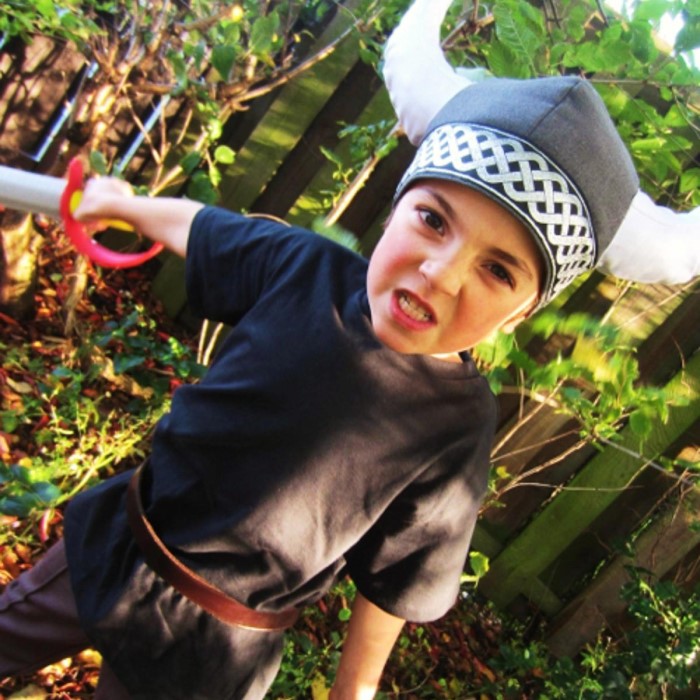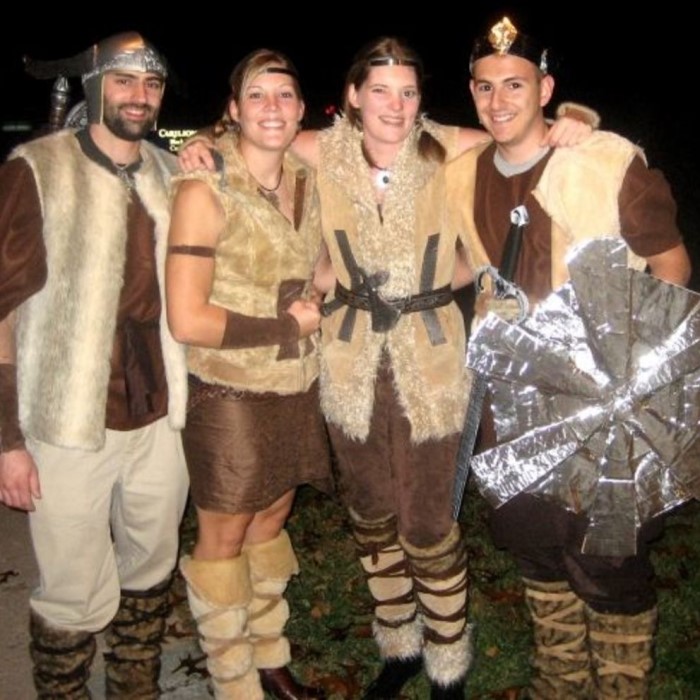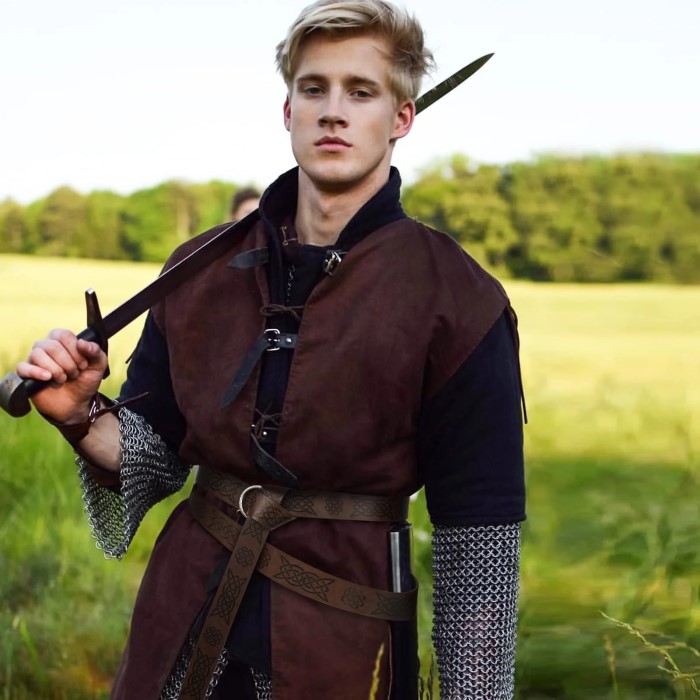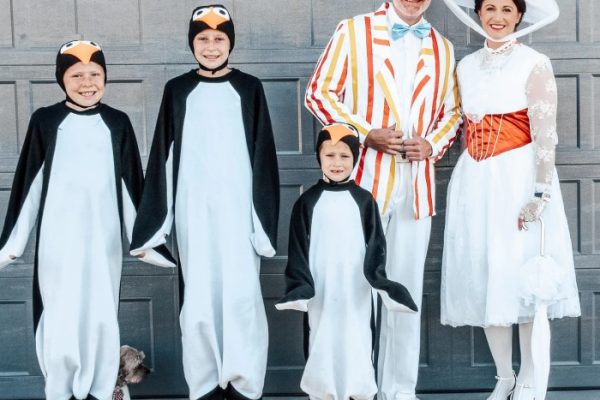Introduction to Viking Costumes
Viking costumes have become increasingly popular in recent years, capturing the imagination of many who are drawn to the adventurous spirit of the Norsemen. Festivals, gatherings, and themed events provide an excellent platform for showcasing these striking ensembles. With the approach of 2025, now is the perfect time to learn how to create an outstanding Viking costume DIY male. This project allows you to showcase your creativity while honoring the history behind these iconic figures.

The beauty of crafting your own Viking outfit lies in the personalization it offers. Instead of settling for mass-produced options, you have the freedom to design a costume that resonates with your style and vision. In this comprehensive guide, we’ll delve into the essential elements of Viking attire, materials needed for construction, and step-by-step instructions to ensure that your costume not only looks great but is also a reflection of your uniqueness.
The Allure of DIY Viking Costumes
One of the main appeals of creating a Viking costume DIY male is the sense of fulfillment that comes with crafting something from scratch. Beyond personal expression, making a costume can often be more economical than buying one. While store-bought options can be convenient, they often lack the authenticity and personal touch that comes with DIY creations.
Additionally, assembling your own costume can be a fun project that fosters creativity. Whether you’re hosting a watch party for a historical film, attending a medieval festival, or participating in a themed party, a DIY Viking costume allows you to stand out in all the right ways. The process of crafting can be just as enjoyable as wearing the finished product.
Authentic Viking Attire: What Did Viking Men Wear?
To create a Viking costume that genuinely captures the essence of this fascinating culture, one must first understand the fundamental components of traditional Viking attire. The clothing worn by Viking men was practical, versatile, and made from natural materials designed to withstand the harsh northern climates.
Tunics: The cornerstone of Viking fashion was the tunic, typically made from wool or linen. It was long, comfortable, and could be adorned with intricate patterns.
Trousers: Below the tunic, Vikings wore trousers that allowed for ease of movement. They were often baggy and fastened at the waist with a belt.
Cloaks: Cloaks were essential for warmth and protection against the elements. They were secured around the shoulders and often utilized decorative brooches that indicated social status or personal style.
Accessories: Viking style incorporated a range of accessories, including leather belts, cloaks cinched with brooches, and various jewelry pieces that reflected their craftsmanship.
Incorporating these elements into your DIY costume will ensure it is as authentic as possible.

Materials Needed for Your Viking Costume
Once you have a basic understanding of what Viking men wore, it’s time to gather the materials necessary to create your own Viking costume. Here’s a list of essential materials to consider:
Fabric Choices
- Wool: Ideal for warmth, wool is a traditional fabric that not only aligns with Viking attire but also adds authenticity to your costume.
- Linen: Lightweight and breathable, linen is perfect for creating tunics and other garments that need to be worn comfortably.
Leather
Using leather for accessories like belts, pouches, and even armor pieces will enhance the historical accuracy of your costume.
Natural Dyes
Consider using natural dyes made from berries, plants, or roots to color your fabrics. Search online for recipes that create historically accurate colors.
Accessories
Don’t forget to look for additional materials to create accessories:
- Faux fur for dramatic touches
- Beads or metal trinkets for jewelry
- Decorative brooches that portray Norse designs
With these materials, you’re ready to dive into the crafting process!
Step-by-Step Guide to Create Your Viking Costume
Creating your Viking costume can be more straightforward than it seems. Here’s a detailed, step-by-step guide to help you along the journey:
Designing Your Tunic
- Measuring: Start by measuring the length you want for the tunic, ensuring it’s long enough to tuck into your trousers or hang comfortably.
- Cutting the Fabric: Cut the fabric into a rectangular shape, fold it over, and mark the shoulder and neckline.
Sewing the Tunic
- Stitching the Sides: Sew up the sides of the fabric to create the body of your tunic, leaving space for armholes.
- Finishing Touches: Hem the edges around the sleeves and neckline for a polished look.
Creating Your Trousers
- Fabric Selection: Use the same or complementary fabric for the trousers.
- Cutting and Sewing: Cut the fabric into two pieces for the legs. Stitch the pieces together and secure a waistline with an elastic band or drawstring.
Crafting the Cloak
- Fabric Size: For the cloak, cut a large rectangle that can cover your shoulders and extend down your back.
- Securing the Cloak: Use a decorative brooch or tie to secure it at one shoulder, allowing it to drape naturally.
Adding Finishing Touches
- Belts: Create a leather belt by cutting and fastening leather strips. Decorate it with metal adornments to enhance your outfit.
- Accessories: Assemble your jewelry, faux fur accents, and any additional decorative items to complete the look.
By following these steps, you’ll create a Viking costume that not only looks fantastic but is also a tribute to the history of these legendary warriors.
DIY Viking Accessories
No Viking outfit would be complete without an array of accessories that elevate the look. Here are a few suggestions for crafting your own Viking-inspired accessories:
Viking Helmet
- Materials: Use cardboard or foam to create a helmet shape.
- Decoration: Paint it silver to mimic metal, and add faux horns for dramatic flair.
Leather Belts
- Creating the Belt: Cut strips of leather and secure them to form a belt.
- Embellishing: Add decorative metal elements or sewing patterns to enhance visual appeal.
Beaded Necklaces
- Collecting Beads: Use wooden beads or semi-precious stones that relate to Viking culture.
- Stringing Together: Create necklaces or bracelets that can serve as striking accessories.
Faux Fur Trim
- Applying Faux Fur: Add fur trim to the edges of the cloak or tunic to create an authentic look rich in Viking heritage.
These accessories will not only round out your costume but will also showcase your crafting skills and attention to detail.
Is it Cheaper to Buy or DIY a Costume?
This is a common rhetorical question among costume enthusiasts. When analyzing whether to buy or DIY, various factors come into play. Generally speaking, making your own costume is more cost-effective. Many people already own basic sewing supplies or can acquire the necessary materials inexpensively. Additionally, if you’re resourceful, you may find that you can repurpose old clothing or use leftover fabrics from other projects, which can significantly reduce costs.
On the other hand, purchasing a pre-made costume comes with its own advantages. It saves time, but often at the expense of quality and personal satisfaction. DIY efforts may require more effort upfront but will likely yield a much more fulfilling experience, as you’ll end up with something entirely unique suited to your personal style.
FAQs About Viking Costumes
How to dress like a Viking man?
To dress like a Viking man, start with a tunic and trousers made from natural fabrics. A cloak cinched at the shoulder with a brooch adds warmth, while leather accessories provide finishing touches.
Is it cheaper to buy or DIY a costume?
In most cases, DIYing a costume is less expensive, especially if you have some materials on hand. It also allows for a greater degree of personalization.
What did Viking men wear?
Viking men traditionally wore wool or linen tunics, trousers, and cloaks. Their looks were accessorized with leather belts, cloaks secured with brooches, and jewelry.
Is it okay to dress up as a Viking?
Dressing up as a Viking is generally acceptable in themed festivals and historical events, as long as it’s done with respect for the culture.
Conclusion: Your Epic Viking Costume Awaits
As you embark on your quest to create a stunning Viking costume DIY male, let your creativity and passion for history shine. This project not only allows you to showcase your craftsmanship but also connects you to the strong cultural legacy of the Norsemen.
By following the outlined steps, gathering quality materials, and thinking outside the box for accessories, your Viking costume will surely captivate at any festival or themed event in 2025. Remember, while the process may take some time and effort, the satisfaction of wearing something you built yourself is truly irreplaceable. So gear up, get crafting, and get ready to make a lasting impression with your epic Viking ensemble!







